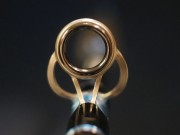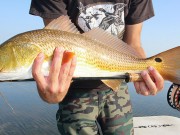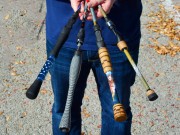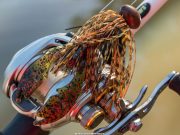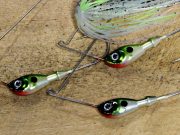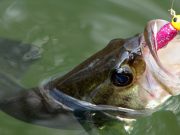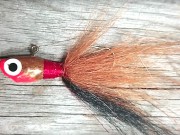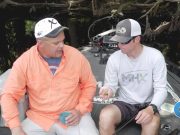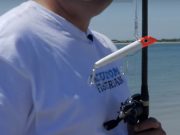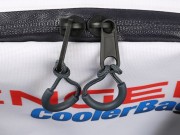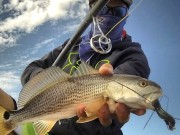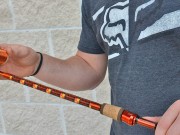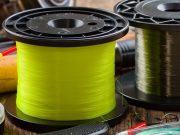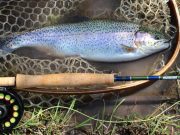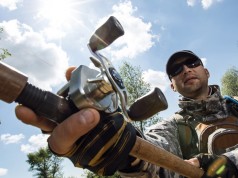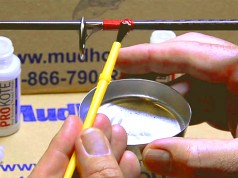Flats fishing is a common term for fishing a shallow water area. “Shallow” is of course relative. For the sake of this article, I will be speaking about fishing large open shallow salt water areas with artificial baits.
Flats fishing can be accomplished by boat, kayak, stand up paddleboard, or wading. The rods built for these different applications are similar in most fashions. The only small differences within the rods will be preference of the angler.
Rod Length
A longer fishing rod will always yield longer casts (to an extent). Flats fishing is generally done in large open spaces. This allows for a longer rod as you are not concerned about tight spaces. Most of the rods will be around 7′ and upwards to 8’+. The longer rod not only allows for a longer cast, but it increases your casting accuracy making those casts to spooky fish a little bit easier.
Rod Power
There is wide variety of fish to be caught on the flats. Fish ranging from small under slot trout to 100 plus pound tarpon laid up on a hot summer day can be found roaming the shallows. This targeted fish will be the main determining factor in choosing the power of the rod. Most powers range from a ML for the smaller species all the way up to an XH for the silver kings. Make sure you are matching the line rating to the power designation as a 8-15 lb. Heavy is very different from a 25-40 lb. Heavy.
Rod Set-Up
I’m sure by now you’ve realized the beauty of custom rod building is being able to build a rod exactly to your liking. Some things to take into consideration for building your flats rod are handle material, handle length, and guide material.
Just like any fishing, having a handle material which stays tacky and comfortable no matter the elements is pinnacle. The WINN Grips are becoming a popular choice across the board, whereas the more traditional route would be a high grade cork grip. Both offer the grip and comfort most desire.
Kayaking and Stand Up Paddle boarding (SUP) are becoming popular choices to navigate the flats. Both of these make casting a bit more cumbersome with long handle lengths. Most kayak and SUP fishermen are building their rods with shorter handle length so they can maneuver it around easier.
Saltwater can corrode the finest of materials, especially if not properly cleaned. Most guide manufacturers offer a titanium version. Titanium is highly recommended due to its resilience against corrosion. Titanium can be expensive, so if this it does not fit your budget, ensure the guides are made of stainless steel and are properly washed with freshwater after each use.

The WRAP up
Saltwater flats fishing can be very challenging, and in return, very rewarding. Having a correctly laid out rod will make the experience much more enjoyable. Using a rod designed to your specifications and fishing style is ideal in any scenario, but when you’re about to make the cast to a 100 lb. tarpon, you’ll be thankful the rod in your hands is custom.




